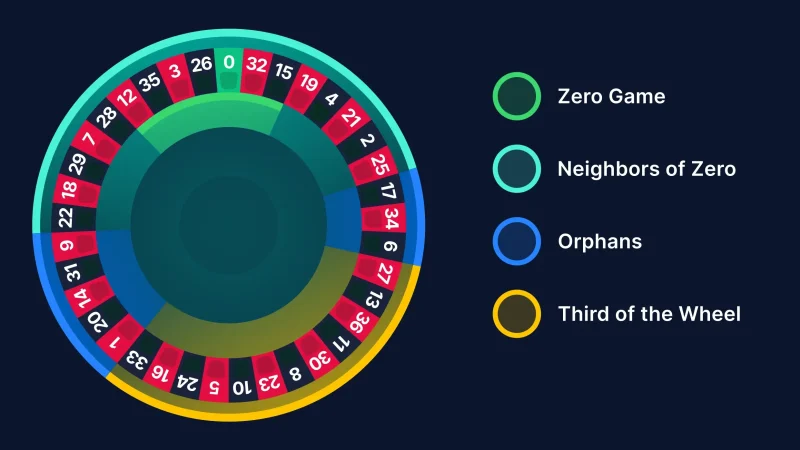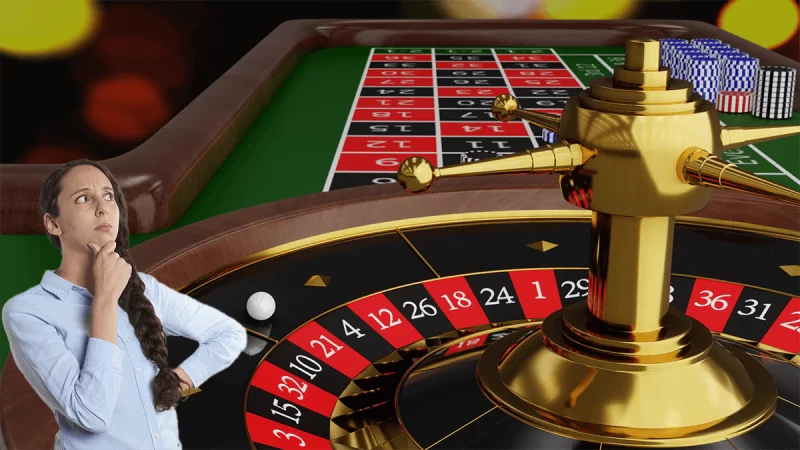The Science of Roulette Wheel Biases—and How Casinos Stay One Step Ahead

Roulette wheels are supposed to be perfectly balanced. But here’s the thing: nothing in the real world is flawless. Over time, even the most meticulously crafted wheel can develop tiny imperfections—a slight tilt, a worn pocket, or a dealer’s habitual spin. These quirks can, theoretically, create biases that players might exploit. So how do casinos prevent this? Let’s dive in.
How Roulette Wheel Biases Happen
Imagine a wheel that’s been in use for years. The constant friction, temperature changes, and even dust buildup can alter its behavior. Here’s what can go wrong:
- Mechanical wear: Pockets may become slightly deeper or shallower, affecting ball trajectory.
- Dealer patterns: Some croupiers subconsciously spin the wheel or release the ball at the same speed every time.
- Leveling issues: A wheel that’s even a fraction of a degree off-level can favor certain sections.
In fact, legendary gambler Joseph Jagger famously exploited a biased wheel in Monte Carlo back in 1873—winning a fortune by tracking “sticky” numbers. Casinos haven’t forgotten that lesson.
How Casinos Mitigate Biases
1. Regular Maintenance and Calibration
Modern casinos don’t wait for problems to arise. Wheels are routinely inspected for:
- Levelness (using precision tools like laser levels)
- Pocket depth consistency
- Ball and rotor wear
2. Rotating Wheels and Dealers
To prevent dealer patterns from becoming predictable, casinos:
- Switch out wheels frequently—sometimes daily.
- Rotate dealers to avoid consistent spin styles.
3. High-Tech Surveillance
Sophisticated software tracks every spin, flagging statistical anomalies. If a number hits even slightly more often than probability dictates, the wheel gets pulled for inspection.
Could You Still Find a Biased Wheel Today?
Honestly? It’s unlikely. Between rigorous maintenance and AI-powered monitoring, modern casinos are far ahead of the old-school advantage players. That said…
Smaller venues or older wheels might—might—have subtle biases. But discovering them would require tracking thousands of spins, and even then, the edge would be razor-thin. Casinos know this game better than anyone.
In the end, roulette remains a game of chance. The house edge is built into the design—no wheel bias needed. But the cat-and-mouse game between casinos and would-be exploiters? Now that’s a story worth spinning.







